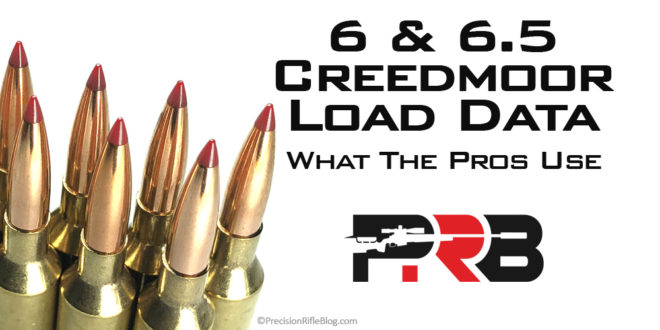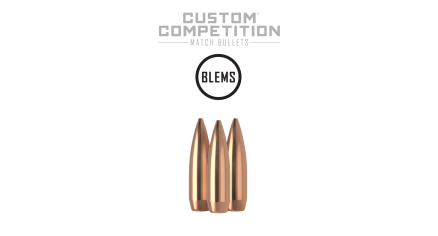peterk123
NES Member
It's been over two years since I have reloaded. I probably have 50,000 rounds of pistol under my belt and about 300 rounds of rifle. I have reloaded my 45/70 brass multiple times, but only new brass has been used for my 308, and I have yet to reload 6.6 CM. I probably should have added 223 to the title, because I am saving my brass for that as well (when not shooting steel case). I'm just looking for the method/order you folks are doing you rifle brass/reloading pre work. Here is what I intend to do.
1) Pop out the primers (no resizing)
2) Clean the brass
3) Lube the brass
4) Size the brass and add primer
5) Hand measure each load and manually add the powder.
6) Go back to the press and seat the bullet
7) Go Shoot
Are you guys following the same steps or adding anything or possibly combining anything?
Some curiosity questions:
Is everyone annealing their brass, or do you even bother?
How many times do you get to re-use the brass before failure and do you wait for the failure (crack)?
Does accuracy get affected as the brass in the neck gets thinner?
My question regarding whether or not to purchase a 223 bolt action for practice has inspired me to suck it up and pay the ridiculous prices for primers. I enjoy reloading and probably can build up a 308 round for 75 cents or less, vs over two bucks if I buy it.
Thanks. Pete
1) Pop out the primers (no resizing)
2) Clean the brass
3) Lube the brass
4) Size the brass and add primer
5) Hand measure each load and manually add the powder.
6) Go back to the press and seat the bullet
7) Go Shoot
Are you guys following the same steps or adding anything or possibly combining anything?
Some curiosity questions:
Is everyone annealing their brass, or do you even bother?
How many times do you get to re-use the brass before failure and do you wait for the failure (crack)?
Does accuracy get affected as the brass in the neck gets thinner?
My question regarding whether or not to purchase a 223 bolt action for practice has inspired me to suck it up and pay the ridiculous prices for primers. I enjoy reloading and probably can build up a 308 round for 75 cents or less, vs over two bucks if I buy it.
Thanks. Pete


